Obstetric ultrasound: where are we and where are we going?
- PMID: 33105529
- PMCID: PMC7758093
- DOI: 10.14366/usg.20088
Obstetric ultrasound: where are we and where are we going?
Abstract
Diagnostic ultrasound (DUS) is, arguably, the most common technique used in obstetrical practice. From A mode, first described by Ian Donald for gynecology in the late 1950s, to B mode in the 1970s, real-time and gray-scale in the early 1980s, Doppler a little later, sophisticated color Doppler in the 1990s and three dimensional/four-dimensional ultrasound in the 2000s, DUS has not ceased to be closely associated with the practice of obstetrics. The latest innovation is the use of artificial intelligence which will, undoubtedly, take an increasing role in all aspects of our lives, including medicine and, specifically, obstetric ultrasound. In addition, in the future, new visualization methods may be developed, training methods expanded, and workflow and ergonomics improved.
Keywords: 3-D; 4-D; Artificial intelligence; Doppler; Obstetrics; training; ultrasound.
Conflict of interest statement
I am on the advisory board of Samsung and an author for UpToDate.
Figures
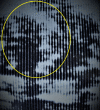

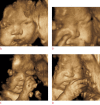










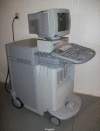




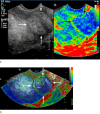

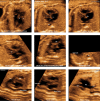
References
-
- Langevin P. Les ondes ultrasonores. Rev Gen Electr. 1928;23:626–634.
-
- Gohe H, Wedekind T. Der Ultraschall in der Medizin. Klin Wochenschr. 1940;19:25–29.
-
- Aroso A, Ferreira E. Ultrasonic therapy in microcystic disease of the ovary. C R Soc Fr Gyncol. 1951;21:351–353. - PubMed
-
- Donald I, Macvicar J, Brown TG. Investigation of abdominal masses by pulsed ultrasound. Lancet. 1958;1:1188–1195. - PubMed
LinkOut - more resources
Full Text Sources
Other Literature Sources

